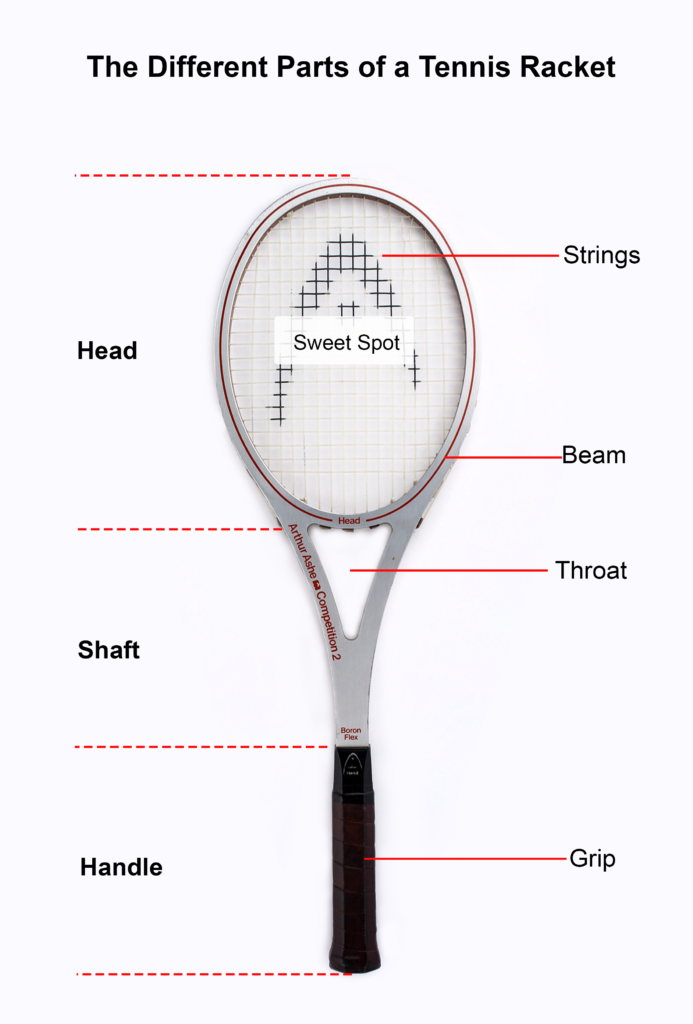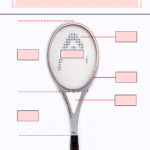Learning About a Tennis Racket (Basics)
Learning outcome: students will be able to identify the eight parts of a tennis racket presented in the infographic.
Instruction:
- Study Graphic #1 and try to remember each part of a tennis racket.
- Complete Exercise #1 by dragging the box to the corresponding area.
- Click Exercise #2 (graphic #2) to complete the exercise. (once you click the image, try not to go back to this page until you fill in all the required blanks.)
- Return to this page and compare your answers for graphic#2 with graphic#1. Pay attention to the parts you have difficulty identifying.

Graphic#1
Exercise #1
Exercise #2
Image Source:”DIG14256-157″ by LBJLibraryNow is marked under CC PDM 1.0. To view the terms, visit https://creativecommons.org/publicdomain/mark/1.0/
The graphic I created consists of two parts: the tennis racket picture and graphics with words. The picture of the tennis racket is a public domain image.
I referred to Mayer’s principles when creating the graphic.
Reducing extraneous processing:
- Coherence principle
I choose to use the most straightforward way to present the content instead of using colorful and appealing elements. Too much decoration will be distracting and result in extraneous cognitive load.
- Signaling principle
I use bold font for the three main elements on the left to be distinct from the elements on the right, as they are more general and important for learners.
- Spatial contiguity principle
The different parts of the tennis racket have the corresponding words next to them. It helps learners quickly relate the textual meaning with its visual identity. It also follows the principle for fostering generative processing as words and pictures are presented together.
The words put on both sides of the racket, arranged from top to bottom, are aligned with the racket itself. It also provides multiple pathways for learners to explore. The dashed line and solid line represent general areas and the specific parts of the racket, respectively.
The H5P content (scaffolded exercise) is created for students to interact with the learning content after studying the graphic. The second version graphic is an exercise without any hints, which is a more challenging exercise than the previous one.
References
Junxiang. (2021). H5P Content: Different Parts of a Tennis Racket. https://junxlearning.eddl.tru.ca/wp-admin/admin-ajax.php?action=h5p_embed&id=6
LBJ Library. (2018). https://www.flickr.com/photos/100836534@N04/27676638408.
Mayer, R. E. (2014). Multimedia instruction. In J. M. Spector, M. D. Merrill, J. Elen, & M. J. Bishop (Eds.), Handbook of research on educational communications and technology (4th ed., pp. 385-399). Springer Science & Business Media.
https://doi.org/10.1007/978-1-4614-3185-5


Leave a Reply
You must be logged in to post a comment.